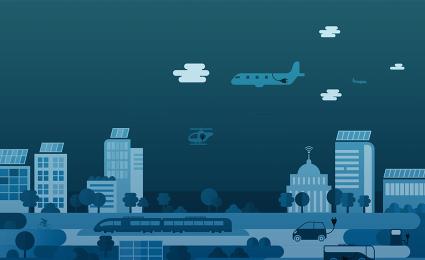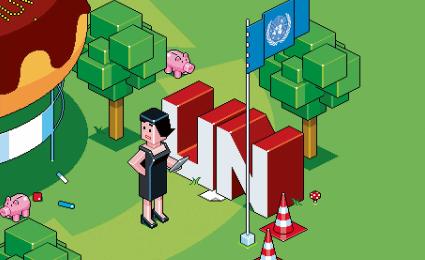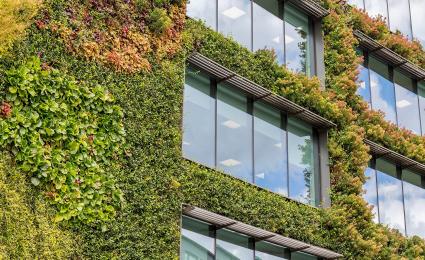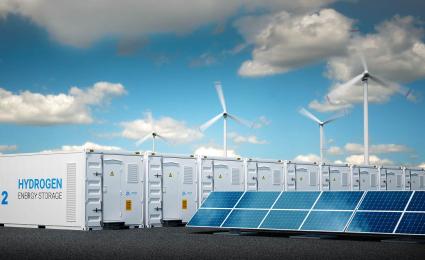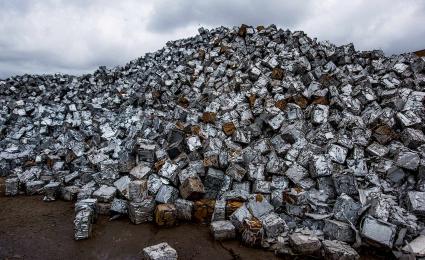Thinking in scenarios
The question on many experts' lips, however, is will the sustainability revolution come fast enough? Trying to predict the future with any degree of accuracy is foolhardy, but we do have a tool for reducing the complexity of endless future possibilities: scenarios. We have developed four scenarios, or pictures of what the world may look like in 2050. The thirty-year timeframe is long enough for the scenarios to differ substantially from each other, and also reflects the planning horizon of governments and regulatory bodies, and hence companies.
Together, our four scenarios form a panorama of the future with regard to sustainability – a "sustainarama", as we like to call it. We have made the scenarios intentionally provocative in order to stimulate reflection and debate. Thus, in our "Planned new world" scenario, in 2050 being sustainable is required by law, the climate catastrophe has been averted, global warming limited to just 1.5°C and global poverty reduced. We are living in what could almost be described as a sort of "state communism" with regards to sustainability, with laws covering every aspect of our lives.
In the "Everyone for themselves" scenario, by contrast, large parts of the world are no longer habitable due to desertification, more than a billion climate refugees are on the move, oceans are overfished and food is scarce. Companies still donate, but only to "bread and circuses".
For companies, however, the most desirable scenario is the "Race for sustainability". Driven by consumers, companies act as responsible players in society, competing for
innovative solutions
that drive a green transformation of the economy.
![{[downloads[language].preview]}](https://www.rolandberger.com/publications/publication_image/Roland_Berger_644_sustainibility_scenarios_Cover_download_preview.jpg)




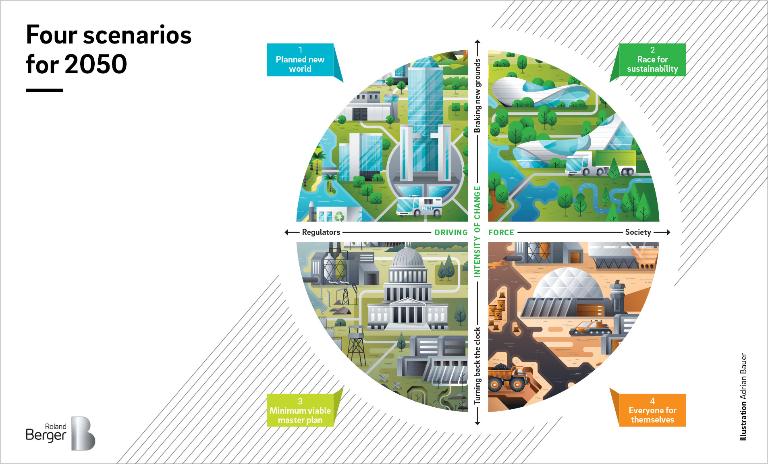




_IT_tile_teaser_w425x260.jpg)




